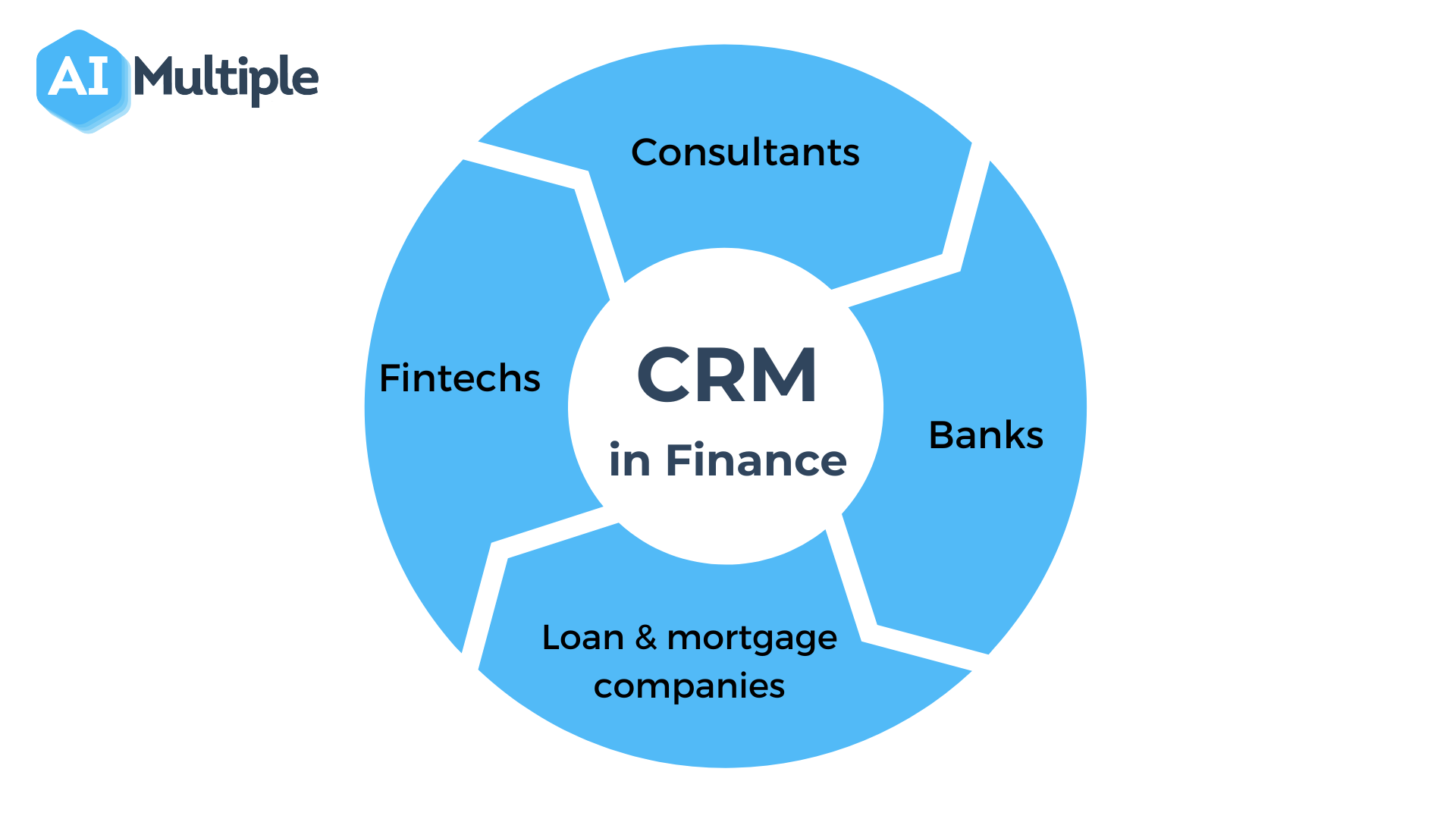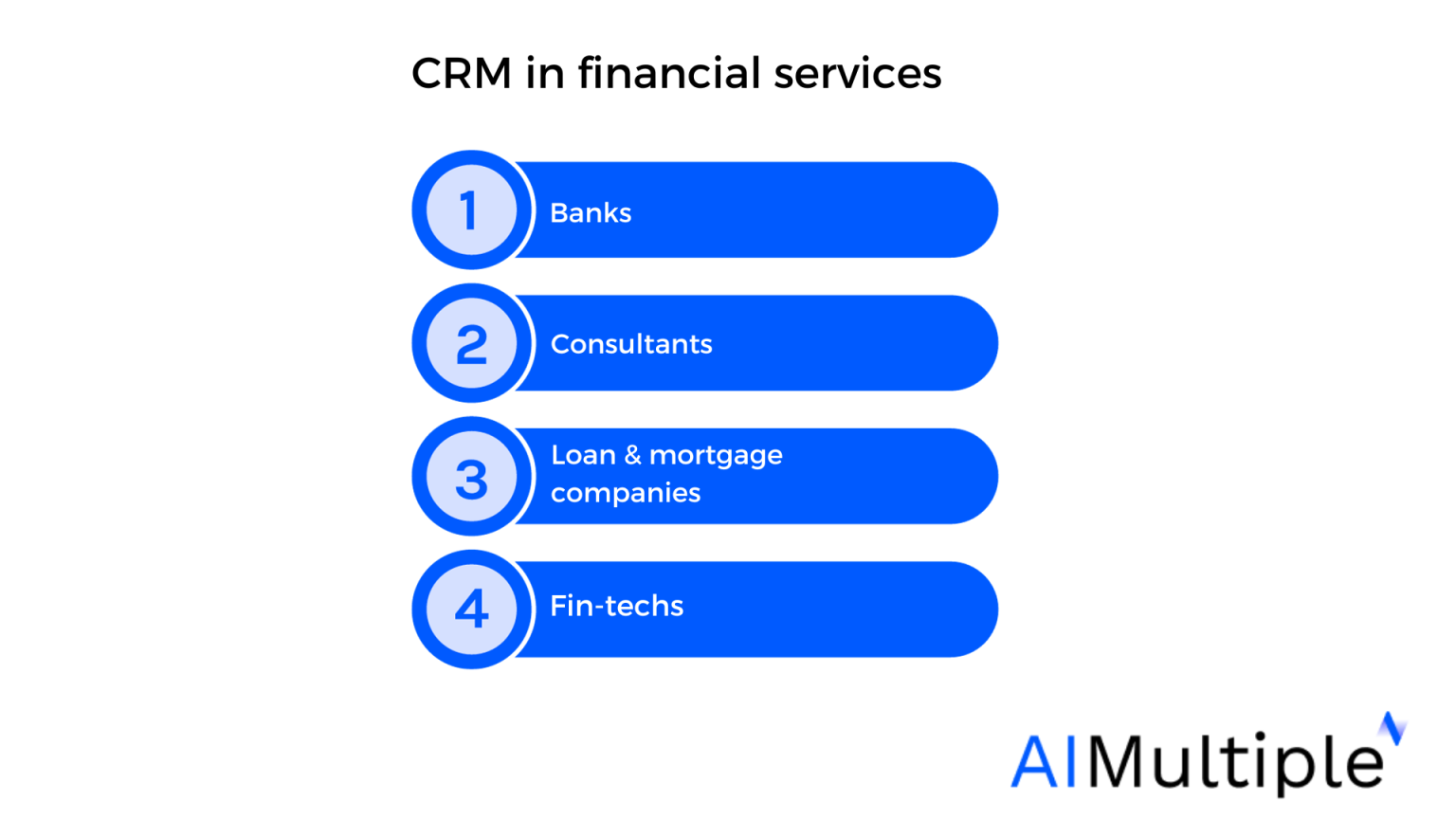CRM for Financial Services: Key Features to Streamline Your Business
CRM for Financial Services: Key Features to Streamline Your Business

CRM for Financial Services: Key Features to Streamline Your Business
In today’s fast-paced financial services industry, staying ahead of the curve is crucial. One way to do that is by leveraging a powerful customer relationship management (CRM) system. A CRM is a game-changer for financial institutions, enabling them to manage customer interactions, build strong relationships, and drive revenue growth. In this article, we’ll dive into the key features of a CRM specifically designed for financial services, and explore how it can benefit your business.
What is a CRM?
A CRM is a software solution that helps businesses manage their interactions with customers and potential customers. It’s like a supercharged address book, but instead of just storing contact information, a CRM collects and analyzes data from various sources to provide a 360-degree view of your customers. With a CRM, you can track customer interactions, identify trends, and personalize experiences to boost loyalty and retention.
Why Do Financial Services Need a CRM?
The financial services industry is highly competitive, with customers having numerous options for banking, investing, and borrowing. To stand out from the crowd, financial institutions need to deliver exceptional customer experiences. A CRM is essential for achieving this goal. Here are a few reasons why financial services need a CRM:
- Regulatory Compliance: Financial institutions are subject to stringent regulations, such as the Gramm-Leach-Bliley Act (GLBA) and the Bank Secrecy Act (BSA). A CRM helps ensure compliance by tracking customer interactions and maintaining accurate records.
- Customer Satisfaction: A CRM enables financial institutions to deliver personalized experiences, resolving issues quickly and efficiently. Happy customers are more likely to remain loyal and recommend your services to others.
- Revenue Growth: A CRM provides valuable insights into customer behavior and preferences, helping financial institutions identify cross-selling and upselling opportunities.

Key Features of a CRM for Financial Services
When selecting a CRM for your financial institution, look for the following key features:
- Contact and Account Management: A CRM should allow you to manage customer contacts, accounts, and relationships in a centralized database.
- Sales and Marketing Automation: Automate routine tasks, such as lead assignment and follow-up emails, to free up your team for more strategic activities.
- Customer Service and Support: Provide multichannel support, including phone, email, and chat, to ensure customers can reach you wherever they are.
- Analytics and Reporting: Gain insights into customer behavior and preferences with advanced analytics and reporting capabilities.
- Integration with Core Systems: Ensure seamless integration with your core banking, investment, or lending systems to eliminate manual data entry and reduce errors.
- Security and Compliance: Look for a CRM that meets or exceeds industry standards for security and compliance, such as SOC 2 and PCI-DSS.
- Mobile Accessibility: Provide your team with mobile access to the CRM, enabling them to manage customer relationships on-the-go.
- Customization and Configuration: A CRM should be flexible enough to meet the unique needs of your financial institution, with customizable workflows and fields.
- Data Management: A CRM should include data management capabilities, such as data deduplication, normalization, and enrichment.
- User Adoption: Choose a CRM with an intuitive interface and user-friendly design to ensure high adoption rates among your team.
Use Cases for a CRM in Financial Services
Here are a few examples of how a CRM can be applied in financial services:
- Onboarding New Customers: Automate the onboarding process, sending personalized emails and tasks to ensure a seamless experience.
- Managing Customer Relationships: Track interactions with high-net-worth individuals and provide personalized service to build strong relationships.
- Cross-Selling and Upselling: Identify opportunities to offer additional products or services based on customer behavior and preferences.
- Loan Origination: Streamline the loan origination process with automated workflows and integrations with core lending systems.
- Investment Management: Provide investment managers with real-time insights into customer portfolios and preferences.
Selecting the Right CRM for Your Financial Institution
When selecting a CRM for your financial institution, consider the following factors:
- Scalability: Choose a CRM that can grow with your business, supporting an increasing number of users and customers.
- Integration: Ensure the CRM integrates with your core systems, such as banking, investment, or lending software.
- Security and Compliance: Verify that the CRM meets or exceeds industry standards for security and compliance.
- User Adoption: Select a CRM with an intuitive interface and user-friendly design to ensure high adoption rates among your team.
- Cost: Consider the total cost of ownership, including implementation, training, and ongoing support.
Conclusion
A CRM is a must-have for financial institutions looking to stay ahead of the curve in today’s competitive market. By selecting a CRM with the right features and functionality, you can streamline your business, build strong customer relationships, and drive revenue growth. When selecting a CRM, consider the key features outlined above and prioritize scalability, integration, security, user adoption, and cost. With the right CRM in place, you’ll be well on your way to delivering exceptional customer experiences and achieving long-term success.
